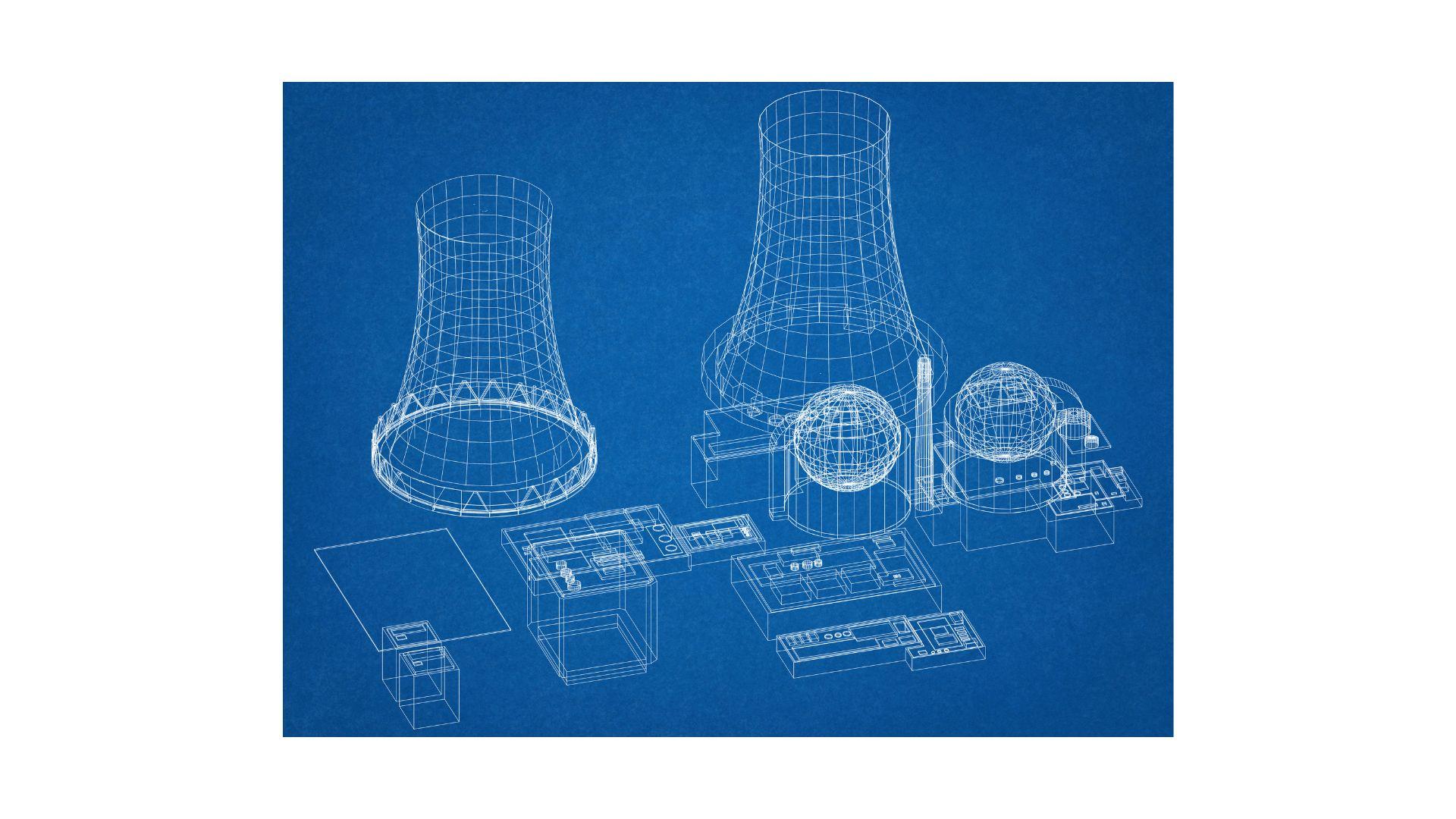The Invisible Guardian: How Gas Sensors are Evolving to Protect Health and Industry

In a world increasingly focused on air quality, safety, and efficiency, the ability to detect invisible threats is paramount. Gas sensors, once simple, standalone alarms, have transformed into sophisticated, connected devices that form the first line of defense against toxic leaks, combustible hazards, and airborne pollutants. This evolution is driven by miniaturization, the Internet of Things (IoT), and a growing global emphasis on health and environmental monitoring, positioning these tiny components as critical enablers of smart and safe infrastructure.
The expanding role of this technology is reflected in its financial trajectory. According to Straits Research, the global gas sensor sector was valued at USD 1.67 billion in 2024 and is projected to reach from USD 1.81 billion in 2025 to USD 3.59 billion by 2033, growing at a CAGR of 8.90% during the forecast period (2025-2033). This robust growth is fueled by stringent government regulations on workplace and environmental safety, the rise of smart city initiatives, and increasing consumer awareness about indoor air quality.
Key Players and Technological Innovations
The competitive landscape features a mix of established industrial giants and agile technology specialists.
-
Honeywell Analytics (USA): A global leader in industrial safety, Honeywell offers a comprehensive portfolio of fixed and portable gas detection systems. Their recent updates focus on connectivity, with sensors that integrate directly into broader plant safety systems and provide real-time data to cloud platforms for predictive maintenance and centralized monitoring.
-
Amphenol Corporation (USA): Through its subsidiary Advanced Sensors, Amphenol is a major supplier of gas sensor components. Their recent innovations are in the development of miniaturized, low-power sensors for consumer and commercial applications, such as integration into HVAC systems for smart building management.
-
Figaro Engineering (Japan): A pioneer in semiconductor gas sensor technology, Figaro is renowned for its sensors that detect a wide range of gases, including methane, carbon monoxide, and VOCs. Their recent developments focus on improving the selectivity and stability of their metal-oxide semiconductor (MOS) sensors for more accurate readings.
-
Sensirion (Switzerland): This Swiss sensor specialist has made significant strides with its environmental sensing modules. Their recent launches include highly integrated, digital multi-pixel gas sensors that can detect a broad spectrum of volatile organic compounds (VOCs), targeting the air purifier and smart thermostat markets.
-
International Developments: In Europe, companies like SGX Sensortech (Switzerland) are thriving due to strict EU regulations on industrial emissions and building safety. In China, domestic manufacturers are experiencing rapid growth, producing cost-effective sensors for the country's massive industrial and consumer electronics sectors, often focusing on monitoring air pollution.
Trends Reshaping Gas Detection Capabilities
The industry's evolution is being guided by several powerful trends that enhance functionality and application scope.
-
The Rise of IoT and Wireless Connectivity: The most significant trend is the shift from standalone detectors to networked sensor nodes. Wireless gas sensors can be easily deployed across large areas, such as oil refineries or city streets, transmitting data in real-time to a central command center for immediate response and data analytics.
-
Miniaturization and Integration into Consumer Devices: Gas sensors are becoming small and cheap enough to be incorporated into a wide array of devices. We now see them in smartphones to assess air quality, in wearable devices for personal safety, and in kitchen appliances to monitor cooking.
-
Multi-Gas and Multi-Parameter Sensing: Instead of a single sensor for a single gas, the trend is toward modules that can detect multiple gases simultaneously. Furthermore, sensors are being combined with other environmental sensors (e.g., for temperature, humidity, and particulate matter) to provide a comprehensive picture of air quality.
-
Focus on Selectivity and Low-Power Operation: A historical challenge for gas sensors is cross-sensitivity, where they react to non-target gases. Newer technologies, including photoionization detectors (PIDs) and non-dispersive infrared (NDIR) sensors, offer better selectivity. Concurrently, low-power designs are enabling battery-operated sensors with years of lifespan.
Recent News and Industry Applications
The sector is marked by innovative deployments. A recent partnership between a European sensor manufacturer and a major automotive company aims to integrate cabin air quality sensors into new vehicle models, automatically switching to air recirculation when poor outside air is detected. In the industrial sector, a North American energy company announced the successful deployment of a wireless sensor network across its natural gas distribution system, dramatically improving its ability to quickly pinpoint and respond to minor leaks.
(Summary Intro Paragraph)
In conclusion, gas sensor technology is undergoing a profound transformation, evolving from a simple safety tool into an intelligent component of our connected world. Its ability to provide actionable data on air quality and safety hazards is becoming integral to industrial operations, urban management, and personal well-being. As sensing technology continues to advance, these invisible guardians will play an ever-more-critical role in building a safer and healthier future.
- Art
- Causes
- Crafts
- Dance
- Drinks
- Film
- Fitness
- Food
- Games
- Gardening
- Health
- Home
- Literature
- Music
- Networking
- Other
- Party
- Religion
- Shopping
- Sports
- Theater
- Wellness


